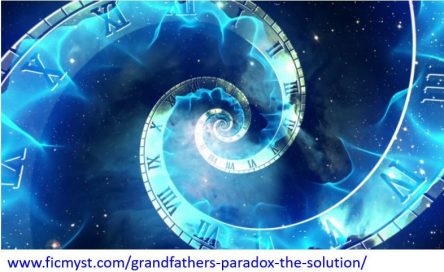
Based on described a new sketch of the overall picture of AD time has been put together. With another symbolism, the current image of the magic Hungarian Rubik cube suggests that the cube can be assembled.
It is, therefore, worth pausing briefly to look back at the sketch and its associated core findings from a slightly more distant perspective.
It had already been established by several independent amateur researchers (hardly influenced by outside interests) that there is probably (they believe with certainty) a 200-300 year inserted, historically fictitious period in AD time. I agree that as a period of continuous chronology, the entire Roman history could “merely in principle” be pushed back along the time axis.
In contrast to earlier theories, I claim such insertion of a “long period” could occur only during the “Dark Middle Ages”. If there is such an inserted period, I state, it must lay between the fall of Rome (476 AD) and the life-years of the Venerable Bede (e.g., Bede’s year, 725 AD). This finding has shortened the length of the theoretically insertable “historical time gap” to a maximum of about 249-years.
I also think the years of the Ancient Greek Olympics and the AUC may have been mistakenly synchronised with the result of Dionysius Exiguus. This synchronisation was not done by Exiguus but was retroactively calculated by historians. Exiguus had only calculated a “year distance”, presumably based mainly on the indiction cycles. I do not consider it impossible that the retrospective Easter tables compiled by Bede are faking.
We have found a replacement for 45BC, the currently accepted starting year of Julius Caesar’s calendar reform. The year AD176, which is 220 years later, fits calendrically and astronomically better than BC45. The 220-year insertion also fits well with the 249-year permissible period mentioned above.
A single fitting is not enough to prove anything. So, we have also shown that the 220-years of insertion into history is astronomically feasible because the “backwards shifting” by 220 years is challenging to recognise retrospectively!
If 220 years are inserted, the Dark Ages are seemingly extended by 220 years, backwards in time. This “extending” obviously had a retroactive effect.
However, the retroactive effect is limited. The time shift could only have extended back to the time of Hipparchus because Hipparchus was already living in the astronomical sense at the time we are now assuming. The centuries after about the life-years of Hipparchus could therefore be “shrunk” by 220 years as the retroactive effect of the extension occurred later.
In my opinion, the above considerations and explanations might be sufficient to show that, in astronomical terms, the possibility of the insertion of 220 years cannot be ruled out.
If a historical event seems feasible, like the misinterpretation or falsification of chronology, we should investigate whether it actually happened or not.
Based on the above findings, we should analyse the effects of the hypothetical insertion of 220 years by focusing on the astronomical parameters of the dates of some selected historical and evangelical “key events”!
I will explore these issues in the following posts.
